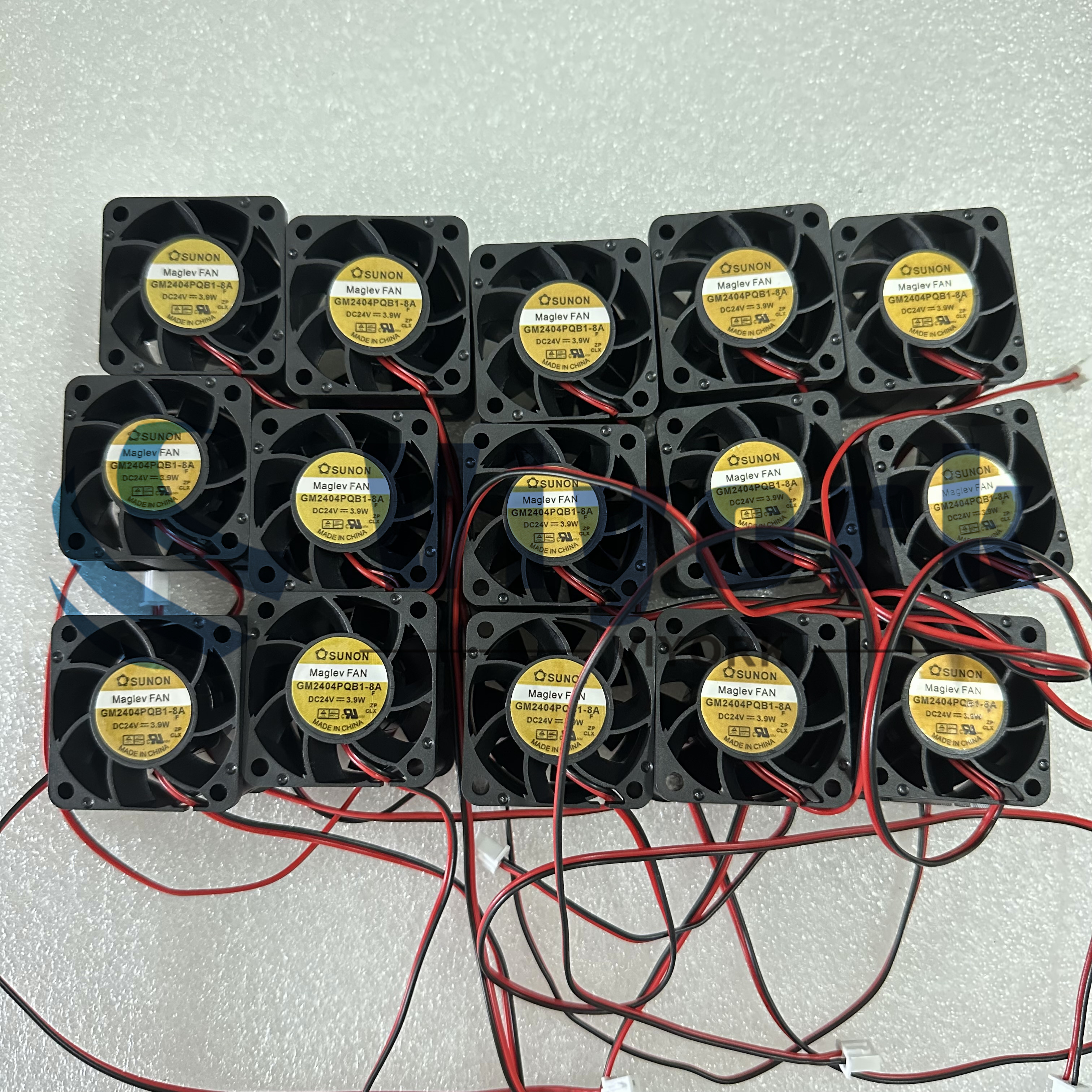Stepper motor is a discrete motion device, which has essential connection with modern digital control technology. The stepper motor is widely used in the digital control system in China.
With the appearance of full digital AC servo system, AC servo motor is more and more used in digital control system. In order to adapt to the development trend of digital control, stepper motor or all-digital AC servo motor is used as the executive motor in most motion control systems.
Although they are similar in control mode (pulse train and direction signal), there are great differences in performance and application.
1. Control precision of stepper motor and AC servo motor is different
Two-phase hybrid stepping motor step angle is generally 1.8°, five-phase hybrid stepping motor step angle is generally 0.72°, 0.36°, and there are also some high-performance stepping motor step angle is smaller.
The control precision of AC servo motor is guaranteed by rotary encoder at the rear end of motor shaft.
2. Stepper motor and AC servo motor have different low frequency characteristics
The stepper motor is prone to low frequency vibration at low speed. The vibration frequency is related to the load condition and the performance of the driver. It is generally considered that the vibration frequency is half of the no-load starting frequency of the motor. This kind of low frequency vibration which is determined by the working principle of stepper motor is very unfavorable to the normal operation of the machine. When the stepper motor works at low speed, damping technology should be used to overcome low frequency vibration, such as adding dampers on the motor, or using subdivision technology on the driver.
The AC servo motor runs very smoothly and does not vibrate even at low speeds. The servo system has the resonance suppression function, which can cover the mechanical rigidity deficiency, and the system has the frequency resolution function (FFT), which can detect the mechanical resonance point, and it is easy to adjust the system.
3. The torque-frequency characteristics of stepper motor and AC servo motor are different
The output torque of the stepper motor decreases with the increase of the speed, and the torque drops sharply at a higher speed, so its maximum working speed is generally 300 ~ 600RPM. AC servo motors are different, they can output rated torque within the rated speed (generally 2000RPM or 3000RPM).
4. AC servo motor has overload capacity
Stepper motors generally do not have overload capacity, while AC servo motors have strong overload capacity, which can be used to overcome the inertia torque of inertial load at the moment of starting. The driver can provide 3 times rated current output for a short time, with strong overload output capacity. Because there is no such overload capacity, in order to overcome this moment of inertia in the selection of motor, stepper motors often need to select a large torque. But the machine does not need so much torque during normal operation, it will waste torque.
5. Stepper motor and AC servo motor running performance is different
The control of stepper motor is open-loop control. If the starting frequency is too high or the load is too high, it is easy to lose step or block the rotation. If the speed is too high and the stopping time is too short, it is easy to overshoot. In order to ensure the control accuracy, the problem of speed up and speed down should be handled well. Servo drive system adopts closed-loop control, the driver can directly sample the feedback signal of the motor encoder. The internal structure of position loop and speed loop, generally there will be no step loss or overshot of the stepper motor, and the control performance is more reliable.
6. The speed response performance of stepper motor and AC servo motor is different
It takes hundreds of milliseconds for a stepper motor to accelerate from rest to working speed (typically several hundred revolutions per minute). The acceleration time of AC servo motor is usually only a few milliseconds or tens of milliseconds. It is used in applications that require quick start and stop.
 Call us on:
Call us on:  Email Us:
Email Us:  1103, Block C, South Building, Luo Fang Road, Luohu District, Shenzhen, 518001, China
1103, Block C, South Building, Luo Fang Road, Luohu District, Shenzhen, 518001, China 








